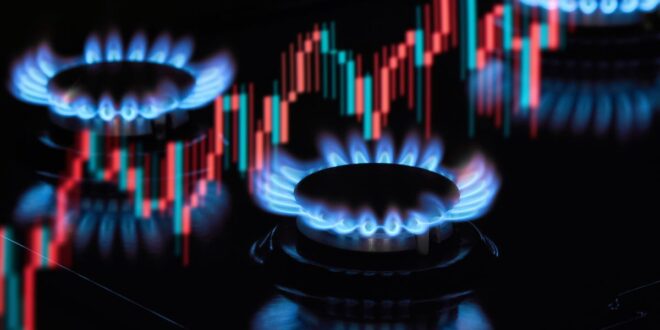Analysts agree that the severe economic impacts of the energy crisis are being felt in almost all economic sectors in Europe, and the problems are bound to remain until the conflict between Russia and Ukraine is resolved.
The crisis in Ukraine has sent energy prices surging, which in turn pushed up inflation rates and disrupted international supply chains.
Last week, the European Commission predicted that the 27-nation European Union (EU) would slide into recession this winter, stating that the bloc is “among the most exposed advanced economies” to the impact of the crisis.
The Commission said that strong economic growth in the first half of this year is “set to lift real GDP growth in 2022 as a whole to 3.3 percent in the EU …well above the 2.7 percent projected in the Summer Interim Forecast.” However, it said “the outlook for 2023 is significantly weaker for growth and higher for inflation” than forecast earlier due mainly to the conflict in Ukraine and the rocketing energy prices.
According to Alessandro Marangoni, an economist and director of Irex Monitor, a think tank in Italy specializing in the energy sector, energy costs will not begin to stabilize until there is an end in sight for the Ukraine conflict.
“Are economic growth provisions going to be weaker than we thought and into 2024 or 2025 or even 2026? That depends entirely on how long the conflict stretches out,” Marangoni said in an interview with Xinhua.
European countries are taking steps to confront the near-term risks from energy-related impacts. They are strengthening natural gas storage capacities and providing economic relief for low-income families and energy-intensive industries. But the effects of these measures are bound to remain limited, analysts said.
Lorenzo Codogno, founder and chief economist of LC Macro Investors Ltd., told Xinhua that the impacts of this kind of energy crisis tend to come in three phases.
In the first phase, price increases squeeze disposable income, requiring energy users to pay more for less. This has already happened. The second phase has a knock-on effect on other sectors that use energy for production, whether industry or transport, or fertilizers.
“We are in this phase now, and we have to note that energy is a basic resource for the economy,” he said. “The risk is that companies will stop producing because costs are too high for them to compete against global rivals, and the longer they stay off the market the longer it will take for them to recover — and some may not recover at all.”
The third phase, according to Codogno, involves energy rationing. Here the adequate supply of energy is not available, regardless of the price.
“A supply shock is the most devastating phase because no amount of economic support will make a difference there,” he said. “We have not reached this point yet, but this is the scenario policymakers are working to avoid.”
Germany and Italy, the largest importers of Russian natural gas at the start of the Ukraine crisis, were the countries that felt the first economic blows. Now, according to Marangoni, those suffering include the landlocked European countries that do not have the option of importing large quantities of liquefied natural gas (LNG) as Germany and Italy do. Other countries — such as France, which is a major producer of nuclear power, or Poland, which relies on large coal reserves for much of its energy – have built-in advantages.
“There is no common European energy policy. Some countries are in favor of a cap (on energy prices) while others oppose it. Some are in favor of stronger sanctions on Russia, others are against that,” Marangoni said. “As the conflict drags on, the impacts on the individual countries become more and more diverse.”

 Iran Energy News Oil, Gas, Petrochemical and Energy Field Specialized Channel
Iran Energy News Oil, Gas, Petrochemical and Energy Field Specialized Channel



